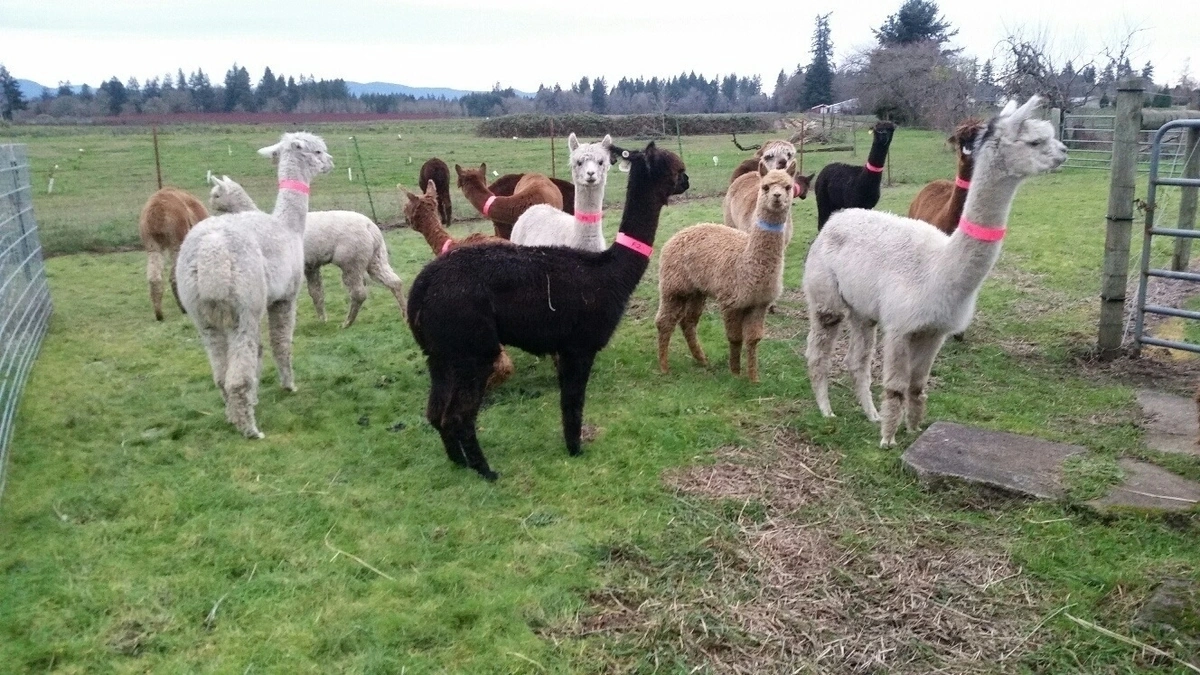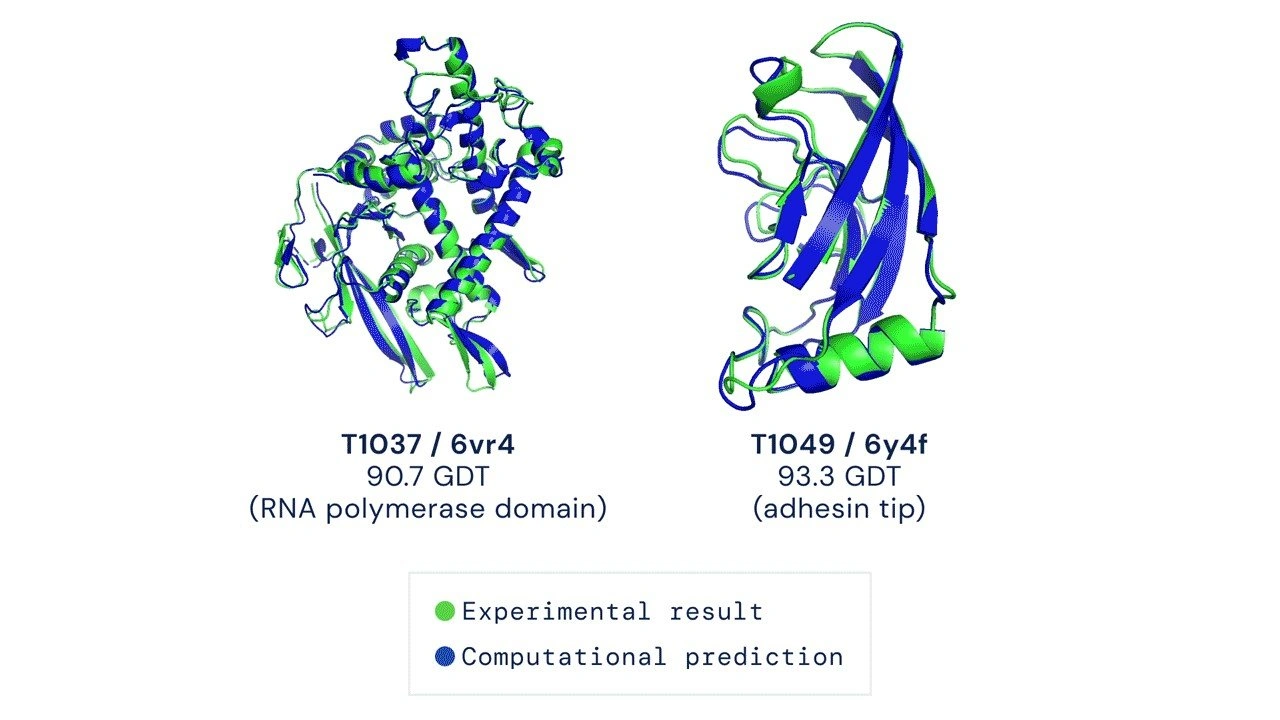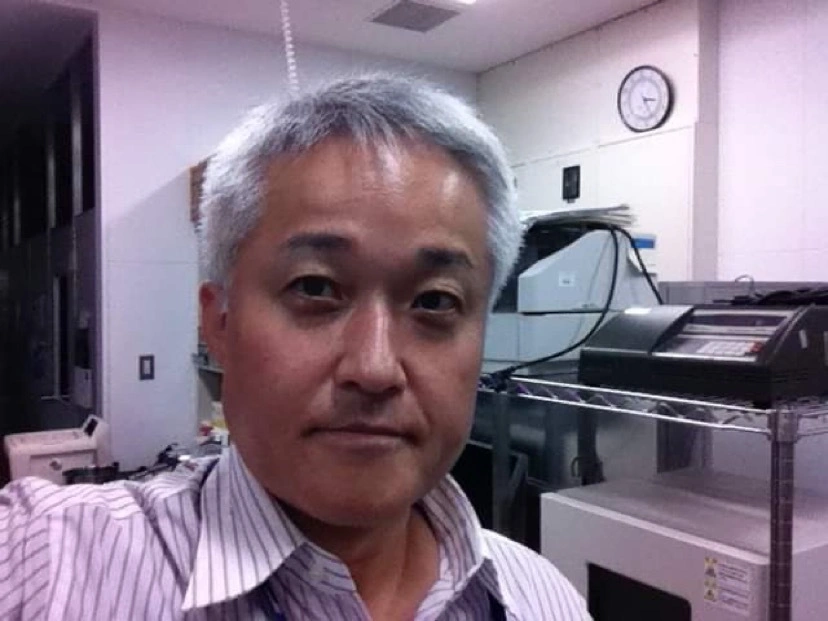Hi, I'm Imura from Biotech COGNANO, I started my company 7 years ago and tried to buy alpacas for my research, but there was no one in Japan that would sell them, so I went to Oregon to buy them. Importing animals requires negotiations between the two governments, so I went to the US several times and imported 18 animals on a jumbo jet in 2016. Now we have 30 animals. Why alpacas? If you can understand why, it will be worth reading this blog. Best regards!

Antibody design to catch mutant viruses
With the pandemic, the words "vaccine" and "antibody" have become familiar. Modela and Biontec RNA vaccines, which express viral proteins in the body, have been commercialized and are being administered around the world. If (before) the disease becomes severe, antibody preparations that suppress the virus are administered. Antibody genes are read from the lymphocytes of recovered patients and converted into drugs. However, there are some drawbacks. First, since the material is taken from patient samples, a large number of infected patients are needed as a resource (enough were gathered this time), and second, the virus mutates rapidly, so it will not work over time. On the other hand, if you vaccinate, you can create antibodies to block the infection, but the virus will mutate and try to escape the antibodies. One aspect is that humans are helping (inducing) the virus to evolve by means of vaccines. The bottleneck is that both vaccines and antibody drugs can deal with "past" viruses but cannot deal with the future.
Therefore, we need a system that can always snip the virus no matter how much it mutates. To do this, we need logic to anticipate targets ahead of time, rather than data from past patients. Nevertheless, the shape of a protein (3D structure) is difficult and not easily predictable. Recently, news broke that a Google-affiliated venture called DeepMind has developed AlphaFold2, a program that predicts 3D structures, which is unquestionably a historic achievement. But the story is not over yet: even if the 3D structure is known, it is not easy to "hit" a target that vibrates with quantum probability, and there is no technology to design materials that bind to the target. Nevertheless, there is no doubt that drug design will evolve using information tools such as AlphaFold2. This is where the bio-operational power of alpacas comes in...I will be writing about this story in a future blog entry.

COGNANO's Business
COGNANO's business style is a field of data generated by the biotechnology team using alpacas. From this fertile field, the engineering team plucks the "fruit of information. We turn this into products, and ultimately we hope to deliver personal healthcare to the world as medicine or as IoT. The Bio Team is led by Maeda-san, a leading expert in genetic engineering and biochemistry, and the Engineering Team is led by Yamazaki-san and Tsurubee-san, experts in machine learning (ML). Matsumotory-san is the overall technical advisor for IT, including product management, engineer organization and environment creation, and technical PR. Imura is probably positioned as sales and PR. Six university and graduate students from Kyoto University are working for us as interns. They will be writing blogs in turn, so please stay tuned.

Imura

Matsumotory
Capturing Biology with Information
Over the past 150 years, biotechnology has developed rapidly based on materialism. It began with inorganic and organic chemistry, which focused on small molecules, and eventually became biochemistry, which extended to macromolecules, and has been derived from genetic engineering, which began with the discovery of genes, and more recently, transplantation, regeneration, gene therapy, and so on. But for now, the scope emanating from the bioman remains the same: the constituent factors of living organisms (proteins, sugars, genes, lipids, and cells as complexes) are the subject, without leaving materialism. The idea of how to study and develop these constituent factors has not changed in 150 years, but as a result, we have entered an era in which not even a single drug can be developed from 10,000 candidates. But as a result, we have entered an era in which it is impossible to develop even one drug from 10,000 candidates. It is not unusual for a treatment to cost 100 million yen per patient in order to recover the huge development capital, and only megapharma can turn that capital cycle. The world has become a place where only large capital can produce drugs, irrespective of the ability of researchers. As a result, you know that all Corona drugs are imported from huge foreign manufacturers, which is somewhat uncomfortable, don't you think?
What COGNANO is aiming for is a vector that tries to capture living organisms with information. COGNANO's position is to accept the fact that living organisms are not as simple as human perception can make them out to be, and (as a former bioman, it is frustrating) to start over. Specifically.
- Discovering 30 new cancer cell markers, the existence of which was unknown, from a single experimental data set
- Prepared more than a year ago the seeds for a therapeutic drug that will continue to work even if the new coronas mutate.
We have achieved the following results. We will be publishing them in order, so stay tuned!
COGNANO's mission is to "change the way we see the world through biotechnology and IT" by viewing living organisms as information aggregates, and to break through the limits of human perception. As a venture, our products may be drug seeds or health monitoring. However, the engine is information and algorithms. We are not talking about simply uploading numerical values to the cloud, but rather uploading multidimensional molecular- and cell-based information in personal, real-time to create an infrastructure that will make our time alive safer and happier. So both the principle of biomonitoring and the application, IoT, are both about algorithms. For this reason, we needed a place where biomanagers and IT engineers could get close, think and work in a common language. That is COGNANO. In other words, this blog is a place to talk about "Being alive is an algorithm. In parallel, the Tech Blog Series B will be more from a personal perspective, so please take a peek at that as well if you like. See you next time!